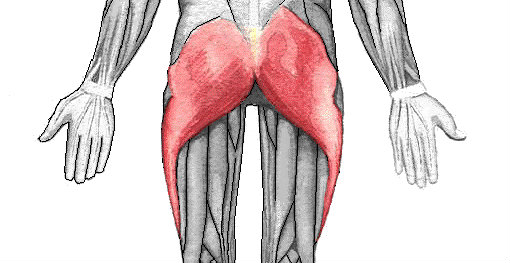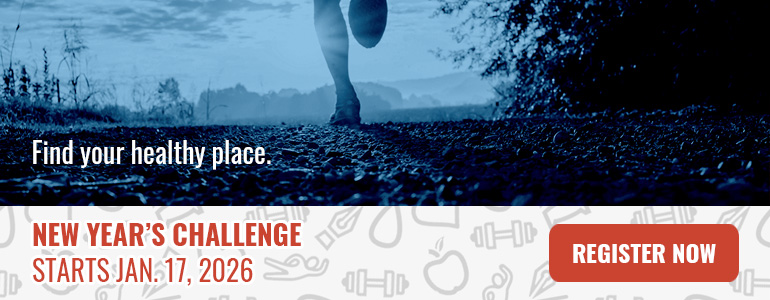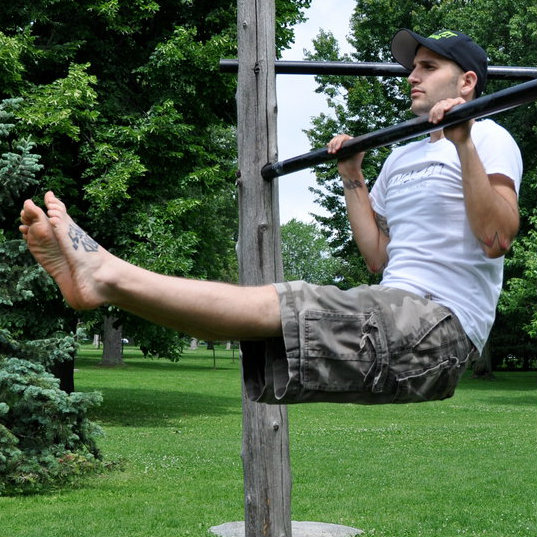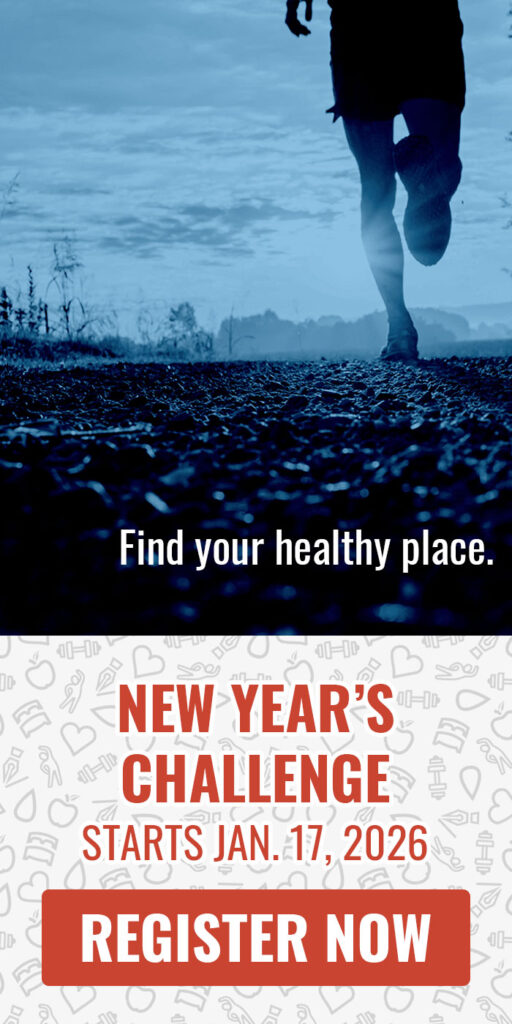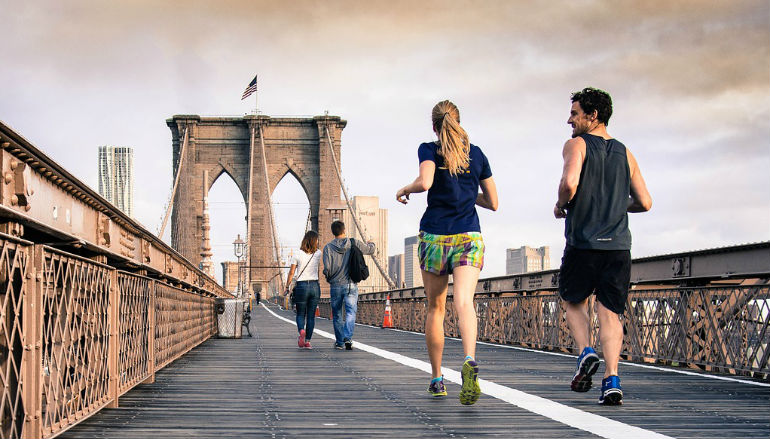 Reading Time: 4 minutes
Reading Time: 4 minutesThe glutes can be thought of as the powerhouse for human movement. They play a key role in almost every single movement you do on a daily basis.
It’s not hard to see why your glutes are so important. After all, they’re responsible for hip drive, hip extension, leg abduction, external rotation of the legs, stabilization of the knee, and stabilization of the pelvis. Yep, the glutes are pretty amazing – if they’re functioning properly.
Unfortunately, many people’s glutes are inactive and not working properly, this is known as “glute amnesia.” Glute amnesia can lead to debilitating lower back pain and knee issues. Preventing you from living a normal active life, let alone performing any athletic feats. Glute amnesia is a serious problem, and that’s why I’ll be teaching you how to fix it!
What Causes Glute Amnesia
Glute amnesia is a phenomenon that can happen to anyone for a number of reasons. Inactivity, desk jobs, or injuries are a few of the most common culprits that can lead to glute amnesia. Your glutes are muscles that thrive on activity. They’re your athletic muscles. When they’re not used, either because of inactivity or injury, they essentially forget how to work. This leads to whole ton of issues that can be quite debilitating.
It’s not uncommon for those who suffer from glute amnesia to have lower back pain, SI joint pain, tight hip flexors, knee pain and/or instability, hip instability/shifting, and more. Most of the time, any individual with glute amnesia will suffer from a combination of these issues. The discomfort, instability, or pain caused may vary from person to person, but regardless, glute amnesia will prevent you from living your life to the fullest.
How to Recognize a Healthy Butt
Healthy glutes don’t just help you perform at a high level, they’re also more aesthetically pleasing. When the glutes aren’t being regularly challenged, they begin to shrink. This is known as atrophy. When the glutes shrink, it gives the appearance of having “no butt” or a “flat butt.”
Another good indicator of glute amnesia is whether or not your butt is shaped like an upside-down heart, or a right-side-up heart. If your glutes look as though they taper inward, shrinking toward the bottom of your cheeks, and resemble the shape of a right-side-up heart – it’s a sign of possible glute amnesia. Healthy glutes have a nice, full, thick shape toward the bottom – like an upside-down heart.
The Glute Engaging Program
If your glutes aren’t working the way they should, don’t worry — we’re going to get those glutes fired up once again! Today I’ll be sharing with you a three-step program to help you get the glutes back in tip-top form.
- Start with Phase #1
- Perform each exercise back to back, in the order listed, for the prescribed reps and tempo
- Complete all the reps for each exercise before moving onto the next exercise
- Only run through the circuit once
- Repeat the circuit 2-3 times per day, try to space them out throughout the day
- Once you can complete all the exercises in Phase #1 for their prescribed reps comfortably, and you feel they’re becoming too easy, you may move onto Phase #2
- Only move onto Phase #3 once you’ve mastered Phase #2
Phase #1:
- Clam Shells: 10 reps, 10 second hold at the top
- Glute Bridges: 10 reps, 3 second concentric, 10 second hold at the top, 3 second eccentric
- Single Leg ABCs: Trace the whole alphabet keeping the knee straight, switch to your other leg when you’re finished.
Phase #2:
- Banded Clam Shells: 10 reps, 10 second hold at the top
- Hip Thrusters: 10 reps, 4 second concentric, 4 second hold at the top, 4 second eccentric
- Small Squats: 10 reps, 4 second eccentric, 4 second concentric
Phase #3:
- Ball Resisted Single Leg Stands & Squats: 10 reps per leg, 4 second eccentric, 4 second concentric
- Single Leg Hip Thrusters: 10 reps per leg, 4 second concentric, 4 second hold at the top, 4 second eccentric
Beyond the Glute Amnesia Program
Your progress through the three phases will take time, and that’s okay! It’s better to take it slow and let progress happen at a comfortable rate. But if you stay consistent, then over time your glutes will start functioning at a much higher level than they were previously.
Once you’ve mastered the three phases, it will be time to move on to other exercises that will challenge not only your glutes, but your entire body. Performing exercises such as squats, deadlifts, step ups, and loaded carries would make excellent additions to your training. However, this doesn’t mean you should give up the glute-focused exercises! Keeping exercises such as hip thrusters, glute bridges, and single-leg ball resisted squats will help ensure your glutes continue to function – and look good, too.


